Croatia is a popular travel destination with its beautiful Dalmatian coastline and sparkling towns of Dubrovnik & Split. Alas, most travelers do not make it “inland” to Zagreb, Croatia’s charming capital city. Those that do will discover Zagreb is NOT overrun with tourists – and offers visitors a plethora of delights!
Indeed, Zagreb is a fascinating blend of modern & old (medieval & Baroque). Walking its historic cobblestone streets evokes visions of Old World Prague. In addition, Zagreb’s bustling modern city offers colorful markets, charming cafes, good restaurants, and a thriving arts scene. There are lush parks and interesting museums (including the acclaimed Museum of Broken Relationships!).
About Zagreb
Zagreb began as two walled medieval hill towns, Gradec and Kaptol, separated by a river. They officially merged in 1850. And, in 1991, Zagreb officially became a European capital when Croatia declared its independence from Yugoslavia.
Zagreb is also the Republic of Croatia’s largest city, with a population of over 800,000. In addition, the University of Zagreb has an enrollment of 70,000 students, which certainly adds to the lively atmosphere of this vibrant city.
Purpose of the Blog Post
I visited Zagreb in October 2019 as part of an Overseas Adventure Travel (OAT) tour of Croatia & Slovenia. Despite being a seasoned European traveler, I knew next to nothing about Croatia’s capital city. So, I was blown away at what a great destination Zagreb was – truly a “not yet well known” travel gem.
We spent 3 nights /1 ½ days touring the best of Zagreb. In this blog post, I’ll share the fun and interesting things we did – all of them sights & experiences that I highly recommend for your visit.
So, let’s get started in our exploration of Zagreb. Prepare to be charmed…
Walking Tour of Zagreb
We started our visit with a Walking Tour of Zagreb’s Lower & Upper Town with a local guide. It was the perfect way to get oriented to the city. Our route was similar to the self-guided walking tour in Rick Steves’ excellent Croatia & Slovenia guidebook. (see map)
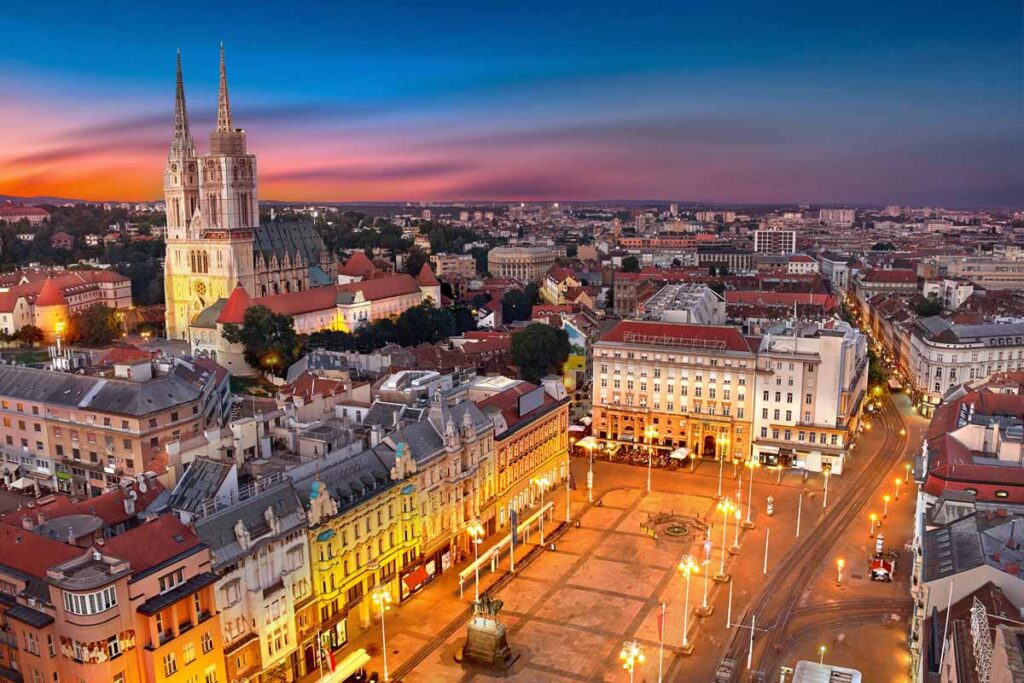
Night view of Ban Jelacic square and Cathedral / Credit: DepositPhotos / Click all photos to enlarge
Ban Jelačić Square
You’ll want to begin your walking tour in Zagreb’s Lower Town in this centrally located square. Sometimes called Zagreb’s “Times Square,” the large square is always buzzing with activity. Passengers are constantly piling in and out of Zagreb’s modern blue trams that stop here. In fact, trams are a popular form of transportation around much of the city.
- Ban Jelacic square / Credit: DepositPhotos
- Mandusevac Fountain / Credit: DepositPhotos
The square features a large statue of national hero Josip Jelačić on horseback. He was a 19th century governor (or “ban”) of Croatia under the Austrian Empire.
Located on one side of the square is the picturesque Manduševac Fountain, a popular gathering place. The fountain was built above a natural spring, serving for centuries as a local source of drinking water.
Not surprisingly, the square is also a popular place for special events – such as concerts, folk festivals and sporting events, as well as protests and rallies. Case in point, they were setting up for a Marathon to take place the next day (on a Sunday) (above right).
Ride the Zagreb Funicular – Zet Uspinjaca
Next stop is the Zagreb Funicular, which claims to be the world’s shortest funicular! Measuring just 66 meters long, the ride takes all of 55 seconds. It was the first means of public transportation in Zagreb, and the oldest (dating from 1890s).
The Zagreb Funicular is a fun – and quick! – way to get from Zagreb’s Lower Town (Donji grad) to the Upper Town (Gornji grad). With two bright blue cars, the funicular departs every 10 minutes. For visitors, the ride is both convenient – saving a few uphill steps – and old-time nostalgic.
- Credit: Visit Zagreb website
- Funicular & Watchtower / Credit: Visit Zagreb website
Top of the Funicular & Lotrščak Watchtower
As you exit the Funicular, be sure to pause and enjoy the hilltop Strossmayer Promenade (aka Strossmartre) along the old town’s southern walls. You’ll enjoy some lovely panoramic views back down over Zagreb and the city’s many red tile roofs.
Standing right in front is a tall white fortified tower. This Lotrščak watchtower (also called “Burglar’s Tower”) was part of the old town defenses, built in 1266 to protect against the Turks.
The small Grič cannon fires every day – exactly at noon! – from a top floor window of the tower. In fact, it’s been doing that for the last 100 years – and I’m told locals set their watches according to the cannon shot.
- Funicular & Watchtower / Credit: DepositPhotos
Lastly, you can climb to the top of the tower, apparently on some narrow steps, to reach a viewing area for 360-degree views of the city. This is not something I did but it sounds interesting.
Exploring Gradec
Now that we’re in the Upper Town, let’s go explore the Gradec area. Even though it is one of the oldest parts of Zagreb, not a lot remains of Gradec’s medieval roots. Much has been replaced by “more modern” Baroque architecture.
En route to St. Mark’s Square, you’ll pass two of Zagreb’s best museums (per my trusted Rick Steves!) – the Croatian Museum of Naïve Art and The Museum of Broken Relationships. I visited the second museum later that day and loved it – so will share more in a later section.
The Croatian Museum of Naïve Art (above right) was founded in 1952 as the “Peasant Art Gallery.” It featured expressionist paintings by untrained peasant artists. Rick Steves is quick to point out that these works aren’t considered “folk art,” but top-quality works by great artists who were never formally trained. In fact, by the 1950s and 1960s, Croatian Naïve Art had emerged at the forefront of a Europe-wide phenomenon.
St. Mark’s Church & Square
St. Mark’s Church & St. Mark’s Square are important Gradec sights. The church is one of the city’s oldest buildings, originally built in the 13th century. However, what makes St. Mark’s a true Zagreb icon is its colorful & patterned red tile roof.
Constructed in 1880, the roof prominently displays two coats of arms – the medieval coat of the Three Kingdoms of Croatia, Dalmatia and Slavonia (on the left side) and the emblem of the city of Zagreb (on the right).
The church interior is decorated with many works by Ivan Meštrović – the famous Croatian sculptor, architect and writer. However, if you want to see inside the church, you must attend the daily mass. That’s because it’s closed to visitors except for services. So, we just enjoyed views of the outside.
The Stone Gate
The Stone Gate (Kamenita Vrata) is the eastern gate to Gradec. It was built in the 13th century as one of four main gates leading to the medieval town – and is the only surviving gate today. Within the large gate, you’ll find a small chapel with stone slabs praising the Virgin Mary.
The shrine of Our Lady of the Stone Gate houses a painting of Mary with Baby Jesus which miraculously in 1731 survived a major fire in the house above. The painting is now protected by an ornate wrought iron fence.
When this medieval gate was reconstructed in the Baroque style, it was decided to turn it into a makeshift chapel. This has become Zagreb’s most important shrine – and is regularly visited by people who come to light a candle and thank “the Lady” for protecting them.
Walking Back Down the Hill
- Statue of St. George & the Dragon
- Stone Gate & St. George statue / Credit: DepositPhotos
From the Stone Gate, you’ll walk down a short hill passing a beautiful statue of St. George & the Dragon. Created in 1906, the statue shows St. George on his horse with a dragon lying dead at his horse’s feet.
Make a right turn onto Radiceva street (above left) which leads you steadily downhill along various shops to Lower Town. Part way down, I noticed a group of 5 men on a street corner – named Klapa Škrljak – singing for tips.
Of course, I stopped to enjoy the local music and took the following video below. Apparently, they’re a main stay of that popular corner – they even have a Facebook page!
Now that you’ve reached Zagreb’s Lower Town, you can visit the following sights in whatever order you’d like…
Lower Town – Dolac Market
Dolac market is Zagreb’s main (and must-see!) open-air farmers’ market. This is where locals come to buy their fresh produce & food from all over Croatia. It’s a lively, colorful place for visitors to experience the flavors & traditions of Zagreb’s local culture.
- Dolac Market / Credit (for both photos): DepositPhotos
The main part of Dolac market is on an elevated square where you’ll find mostly fruit, vegetables and souvenirs under colorful red umbrellas. Also, the fish market is here, with fresh fish brought in from the Adriatic that same morning.
In addition, stalls at the northern end are packed with locally produced honey, handmade ornaments (like traditional wooden toys), and other foodstuffs. At Dolac, you’ll also find healthy food stands, fresh pasta vendors, bakeries, handmade cornbread, flowers, and souvenirs. The full gamut!
On the lower, street level (just below), you’ll find the indoor market – selling mainly meat and local dairy products, including homemade cheese (primarily from cows).
Important Note: The Dolac market operates mainly in the morning. Although the official working hours go up until 3 PM, the safest time to visit is before 1 PM when it’s at its liveliest.
Unfortunately, I didn’t get a chance to tour the market during its best hours. So, advice from my lessons learned – plan your sightseeing so that you can visit the market in the morning!
Lunch at La Struk for Traditional Štrukli
After our Zagreb Walking Tour ended at 1:30pm, we were famished and ready to take a food & body break. Our group headed off to the highly recommended restaurant La Struk to sample its strukli – a traditional Croatian specialty. The restaurant is located very close to Dolac market on a narrow lane named Skalinska Street.
Strukli (aka local ravioli) is composed of dough and various types of fillings which can either be boiled or baked, sweet or salty. Most are served “gratinated” – baked in a small casserole and topped with gooey cheese and breadcrumbs.
We got 3 tables inside the restaurant in a back room along with a delightful waiter. We ordered different types of strukli to share, including blueberry, pumpkin seed, roasted peppers, and truffles (photo above).
The menu stated that the struckli takes 20 minutes to prepare – but it was certainly worth the wait. All dishes were delicious. So yes, a meal at La Struk is one I highly recommend!
The Zagreb Cathedral
Located a short distance from Dolan Market & Ban Jelačić Square, Zagreb Cathedral is Croatia’s most important church and certainly worth a visit. Its official name is Cathedral of the Assumption of the Blessed Virgin Mary – but you can simply call it “the cathedral.”
The church was first built in the 11th century. However, after a devastating 1880 earthquake, a restoration of the cathedral was completed in 1902 in the Neo-Gothic style. The Cathedral’s two tall spires are visible from most parts of Zagreb & are a celebrated icon of the city.
Outside in Kaptol Square, you’ll note a gilded statue of Madonna atop a tall pillar, as visitors rest on its ample seating below. The Archbishop’s Palace encloses the cathedral on three sides, adding to the historical beauty of the scene.
- Credit: DepositPhotos
Our guide took us inside for a short visit to see the cathedral’s beautiful interior with baroque marble altars, the pulpit, and the ornate glass-enclosed tomb (below right) of Cardinal Alojzije Stepinac by Ivan Meštrović.
In one of the naves, I was intrigued by a statue of Jesus on the cross with an old ceremonial language – Glagolitic script (the oldest known Slavic alphabet) – written on the wall above him. (photo below left)
Please note: Sadly, the Cathedral and its towers were damaged in Zagreb’s powerful 2020 earthquake (more info in section at the bottom). So, it’s unclear if the church is once again open for services as renovations remain ongoing.
Brass Relief Map of Zagreb
Just down the hill from the Cathedral is a huge brass relief of the Zagreb town layout. After exploring a place, it’s always fun to try to locate where you’ve been on a map like this. Plus, there is the most high-tech public restroom right next door, with amazing self-cleaning toilets! Be sure to check them out.
Tkalčićeva – Zagreb’s Must Visit Café & Restaurant Street
A
This pedestrian-only street (also known as Tkalča or Tkalcica) is lined by some of Zagreb’s most atmospheric old homes. In addition, it offers a wide array of eateries and drinks-only cafes, along with small boutiques and traditional shops.
And you can walk its entire length in around 10 minutes. So, while in Zagreb, be sure to visit Tkalčićeva, whether for a meal, a drink or just a sightseeing break!
- Credit: DepositPhotos
- Credit: DepositPhotos
Centuries ago, a stream ran through here, dividing Zagreb’s two oldest settlements – Gradec and Kaptol. However, around 200 years ago, the stream was diverted, and the valley covered over to create this popular street. Good visionary urban planning!
One other interesting piece of history. Turns out, in the period from 1899 to 1941, almost every house on Tkalčićeva street was a brothel! So, all windows had to have opaque glass and red lanterns. Thus, Zagreb was the first city in Europe with a proper “red light district!” Quite the claim to fame…
Recommended Pivnica Mali Medo Brewpub
Our OAT tour leader Martina took our group to dinner at Pivnica Mali Medo one night. I also learned this brewpub was listed as one of Rick Steves recommended restaurants on Tkalčićeva street. He affectionately called it “heavy, stick-to-your ribs pub grub.”
Pivnica Mali Medo (meaning “Little Bear”) is a rollicking brew-pub. It serves seven beers – plus rotating seasonal taps – from the Medvedgrad brewery (Croatia’s largest craft brewery). There is outdoor seating right on the street, but with a large group, we ate inside the restaurant.
The food was good, but it was particularly enjoyable witnessing the lively night-time action around us. I shared a meat platter with my friend Carole, plus potatoes and grilled veggies. Unfortunately, I can’t tell you about the beer, since I’m not a beer-drinker.
Night Life – Booze & Blues Bar
Following our brewpub dinner, always-energetic Martina (a Croat from Dubrovnik!) was up for some additional nightlife. So, around 9pm, 4 of us willing souls followed Martina further down Tkalčićeva street to the “Booze & Blues” bar for some live music.
It was Saturday night. However, the sound check didn’t start until 9:45pm with music beginning at 10:15pm. So, I will confess, I didn’t last too long. But it was still fun to get one drink and a small taste of Zagreb late nightlife before heading back to the hotel.
Other Zagreb Music & Cultural Options
Being a vibrant big city with an active arts & culture scene, Zagreb has lots of offerings. During our short time in Zagreb, my travel mates enjoyed a few different music options. This included a classical music concert, an organ concert at the Cathedral, and a “Chemical Brothers” concert (an English electronic music duo). Be sure to check out local listings for what’s happening in Zagreb during the time of your visit.
Museum of Broken Relationships
The Museum of Broken Relationships is the most popular museum in Zagreb – and for good reason! Opened in 2010 by a couple who had recently broken up, the museum offers a wonderful emotional rollercoaster of experiences – sad, funny, poignant & so much more.
Here’s what this clever Museum does: it collects true stories of failed couples from around the world, tells their story in their own words, and displays the tale alongside an actual item that embodies the relationship.
The museum is housed in a beautiful baroque palace in Zagreb’s Upper Town. Apparently, the museum only shows around 5% of their increasing collection. In fact, this museum has been such a hit that their collections have toured internationally!
In truth, the Museum of Broken Relationships is small – just a few rooms. But as Rick Steves says: “it rewards those who take the time to read each story.” He also says that “the items and stories provide insights into a shared human experience – we can all relate to the anger, sadness, and relief expressed in these poignant, at times hilarious, displays.” Well said, Rick!
- “The Wedding Dress”
- Warning – Kleenex alert!
I loved this Museum & spent 45 heartfelt minutes reading the large majority of the exhibits. Happily, they let you take photos so I will share a few of those exhibits with you – to give you a flavor. Please don’t miss a visit to this special Museum on your visit to Zagreb!
Mirogoj Cemetery
Mirogoj cemetery is one of Europe’s most beautiful cemeteries. Not only is it a burial place but a beautiful park and an open art gallery. This peaceful cemetery memorializes many of the greats who built the Croatian nation. It’s a lovely break from the hustle & bustle of city sightseeing!
My group traveled to Mirogoj Cemetery by local bus – a direct 10-minute ride from the Cathedral. We spent almost an hour at the cemetery, exploring its huge grounds, admiring its sculptures and artfully designed tombs. Since the cemetery is owned by the city, people of all religions can be buried here.
The beautiful central building is a stately, domed main mausoleum. Spanning out in both directions from it are a long line of majestic Neo-Renaissance arcades topped by a string of cupolas (domes). In the arcades are where Croatia’s nobility, politicians, poets, artists & other VIPs are buried.
Designed by Austrian architect Herman Bollé, the “new” cemetery was inaugurated in 1876. He’s the same busy man who renovated the Zagreb Cathedral and St. Mark’s Church. Most fittingly, Bollé is buried here!
Walk Zagreb’s Scenic “Green Horseshoe”
Here’s another opportunity to “soothe your outdoor soul” & take a delightful stroll through lovely parks fronted by beautiful architectural masterpieces. Welcome to the “Green Horseshoe” – a U-shaped belt of parks, squares and museums in Zagreb’s Lower Town.
Also called “Lenuci’s Green Horseshoe,” it was conceived in 1882 by urban planner Milan Lenuci as a park system consisting of seven squares aligned on three straight lines. (see photo above) The entire horseshoe was finished in 1889.
- Zrinjevac Park / Credit: DepositPhotos
- Yellow Art Pavilion / Credit: DepositPhotos
Walking the Green Horseshoe is an excellent way to explore the Lower Town, via what is essentially one large park. A good place to begin is Park Zrinjevac, a couple blocks south of Ban Jelačić Square – and continue southward to the Zagreb Train Station. From there, the Zagreb Botanical Garden connects the two ends of the horseshoe.
The “Visit Zagreb” website states this pleasant and low-intensity walk should take a couple of hours if you visit all attractions along the way. However, I did my own “Horseshoe Power Walk” in about an hour on a beautiful & sunny Sunday afternoon. At the end of the route, I caught a ride on the tram the rest of the way back to Ban Jelačić Square.
- Art Pavilion Zagreb
- Zagreb Art Pavilion / Credit: DepositPhotos
Here’s some of the key sights along the way…
- Park Zrinjevac – the first of the parks, located across the street from the Palace Hotel (where I stayed!). This lush park features a music pavilion in the middle.
- Art Pavilion Zagreb – this beautiful yellow building, built in 1898, was Zagreb’s first dedicated space to display local & international art. It continues to host important exhibitions.
- King Tomislav Square – one of Zagreb’s most beautiful parks. The Art Pavilion sits at the north end and the train station sits right across the street. There’s a large state of King Tomislav (Croatia’s first king – crowned in 925!) on horseback.
- King Tomislav Square with statue
- Zagreb Train Station
- Zagreb Train Station – built in 1892, it mixes Renaissance & Neo-classical elements. The railway arrived in Zagreb in 1862, connecting the city with the cultural centers of Vienna & Budapest.
- Zagreb Botanical Gardens – located on Mihanovićeva Street and operated by the University of Zagreb. It’s dedicated to the research, cultivation and protection of Croatian indigenous plants.
- Zagreb Botanical Gardens / Credit: DepositPhotos
- Zagreb Botanical Gardens / Credit: DepositPhotos
- Croatian National Theatre (aka HNK Zagreb) – this neo-baroque masterpiece was built in 1895 on the Republic of Croatia Square. Today, you can enjoy opera and ballet performances at affordable prices.
- Croatian National Theatre
- Zagreb’s modern blue tram / Credit: DepositPhotos
Searching For Ice Cream at Amélie
I honestly don’t remember which local Zagreb expert I asked the “Important Question” about where I could get some great ice cream. But I do remember that “Amélie” was the definitive answer!
So, off I headed on my search, being told Amélie was just down the hill from Zagreb Cathedral. In fact, that turned out to be true – plus it was only one block from Ban Jelačić Square, near the brass relief map of the city.
Amélie is a cute little café with indoor seating and a French name. It’s known for its sweets – delectable cakes, pies and a wide array of ice cream options. Just across the lane from the cafe, Amélie has an ice cream kiosk. This is where I visited for my gourmet ice cream fix two days in a row! One of my flavors was raspberry pie. Delish, indeed!
 Palace Hotel Zagreb
Palace Hotel Zagreb
Palace Hotel Zagreb has over 100 years of tradition in hospitality. In fact, it’s the oldest official Zagreb hotel, categorized as a Heritage hotel. It’s located in a beautiful Art Nouveau palace dating from 1891. And I’m happy to report, this hotel is where our group stayed!
Plus, the hotel has a great location in the center of the city, around a 5-minute walk to Ban Jelačić Square. It overlooks one of Zagreb’s most beautiful parks – Park Zrinjevac.
Final Remarks / Resources
I hope you’ve been inspired to add Zagreb, Croatia’s delightful capital city to your travel list –especially if you are planning trips to other parts of Croatia or Slovenia. In fact, Zagreb is just a 1-hour flight from Dubrovnik. And only a 2-hour drive from Slovenia’s also-charming capital city of Ljubljana.
As you’ve learned, there’s a lot to see & do in Zagreb. I would encourage you to spend at least 2 nights in Zagreb. This will give you (at minimum) 1-1 ½ full days for enjoying the best that Zagreb has to offer.
 Helpful Zagreb Travel Resources
Helpful Zagreb Travel Resources
- “Visit Zagreb” Website
- Rick Steves Croatia & Slovenia guidebook
CHECK OUT MY OTHER BLOG POSTS ABOUT CROATIA & SLOVENIA:
- Dubrovnik – Why Croatia’s “Pearl of the Adriatic” is a Must Visit
- Croatia’s Dazzling Plitvice Lakes – A Must-See Natural Wonderland
- I’m Heading Off to Croatia, Montenegro & Slovenia – Here’s Details
- Lovely Ljubljana: Why Slovenia’s Capital Will Charm & Captivate You
Comments: Have you visited Zagreb? What did you think? Are you hoping to plan a future visit to Croatia – and possibly include Zagreb?
Zagreb’s Destructive 2020 Earthquake
On March 22nd, 2020, Zagreb was hit by the strongest earthquake in the past 140 years – the last being in 1880. The earthquake measured 5.5 on the Richter scale, causing widespread damage. Adding to the trauma, this happened during the early days of the global COVID-19 pandemic.
It was heart-breaking to learn about the earthquake, little more than 5 months after our visit to this lovely city. Apparently, the earthquake caused a significant amount of damage to Zagreb’s city center, particularly older buildings in the Upper and Lower Towns.
In addition, the top of one of the two spires of Zagreb’s cathedral collapsed. Ironically, the structure had been rebuilt after it toppled in the 1880 earthquake.
June 2024 Update (as I write this blog post:) I found the following info from travel blogger & Zagreb resident Olivia Loren of “Inspired by Croatia.” She wrote an article (updated January 2024) entitled “Is Zagreb Safe to Visit in 2024?” The short answer is definitely YES!
On the subject of the latest earthquake effects & renovations, Olivia stated that “the aftermath of this quake is still visible, which is why you’ll still find buildings under repair or draped in scaffolding.”
She also shared this poignant photo of the famous “Broken Heart of Zagreb” that appeared on a damaged building in the Upper Town after the earthquake in 2020.




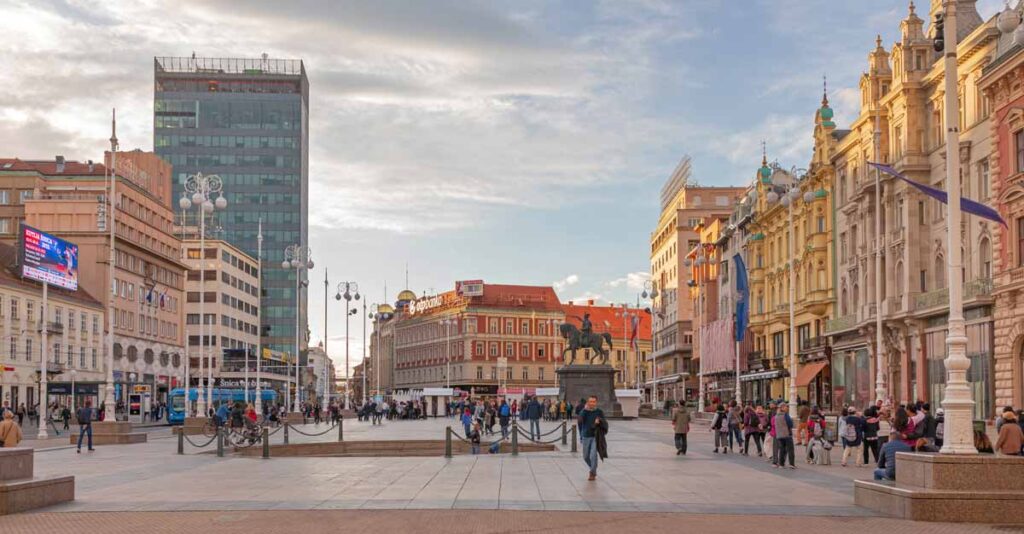

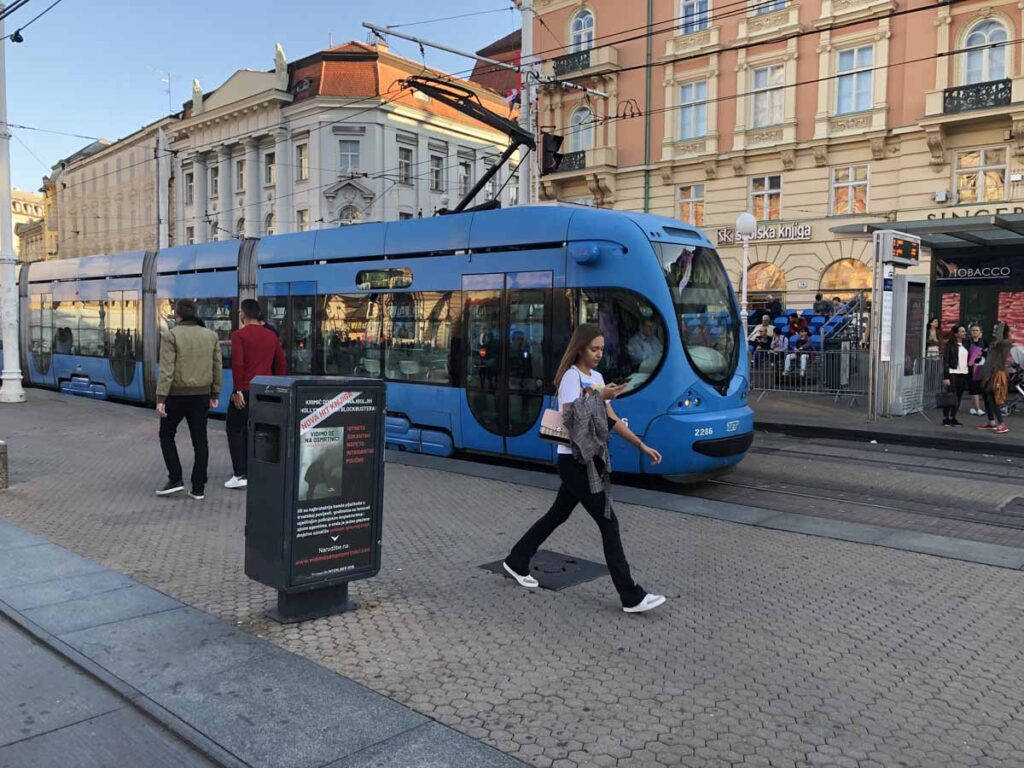
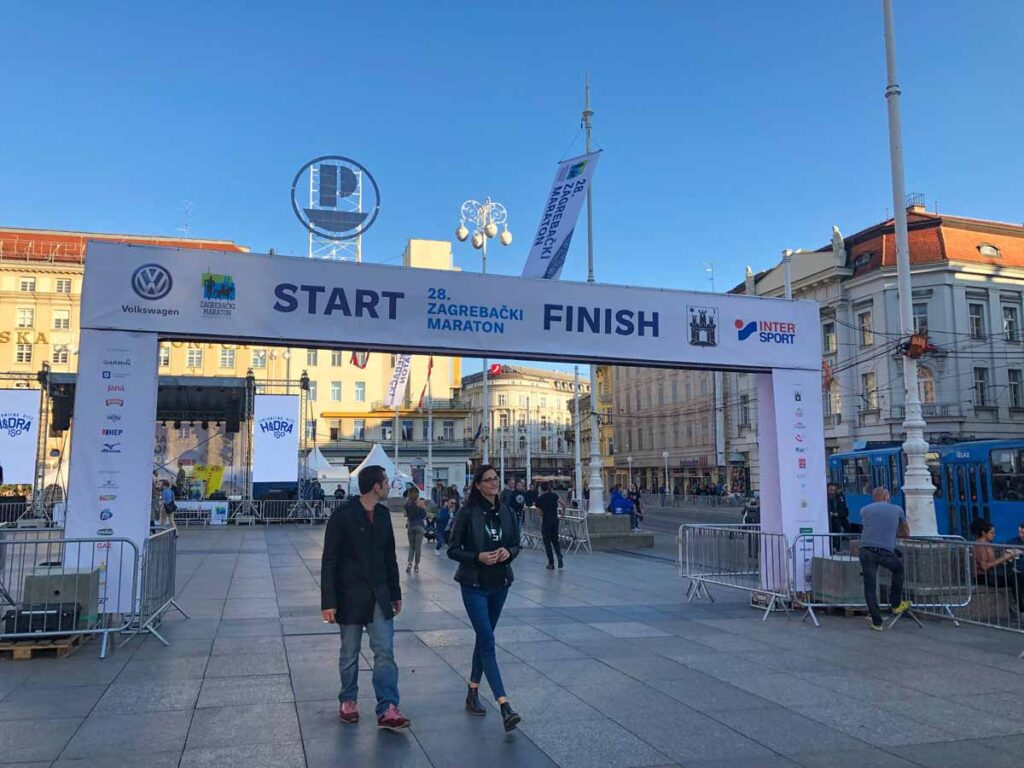

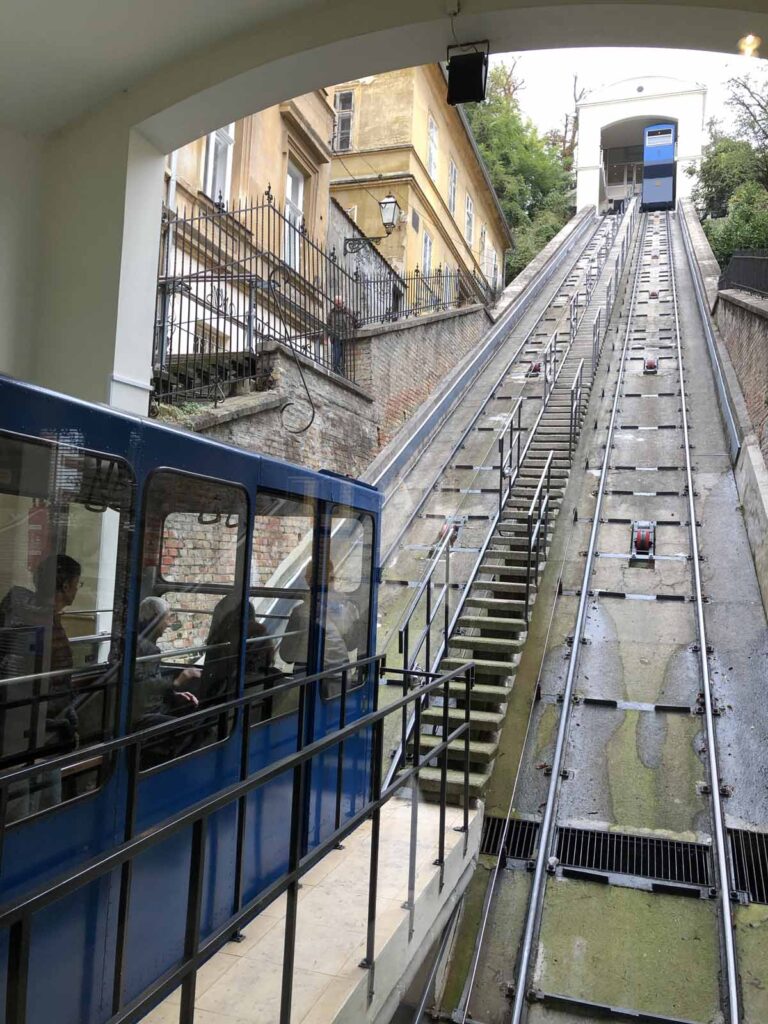
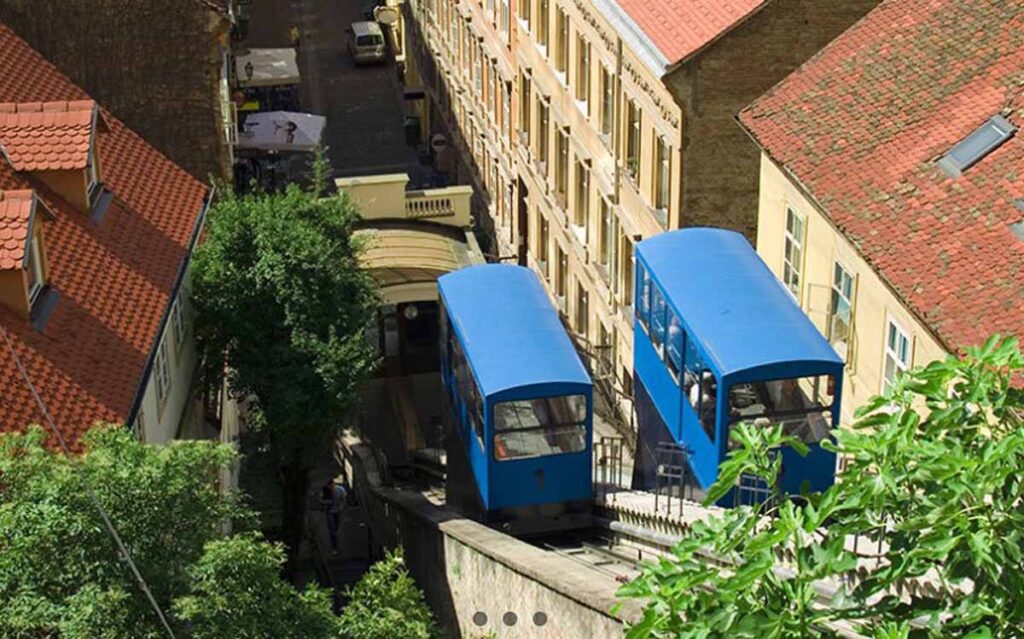



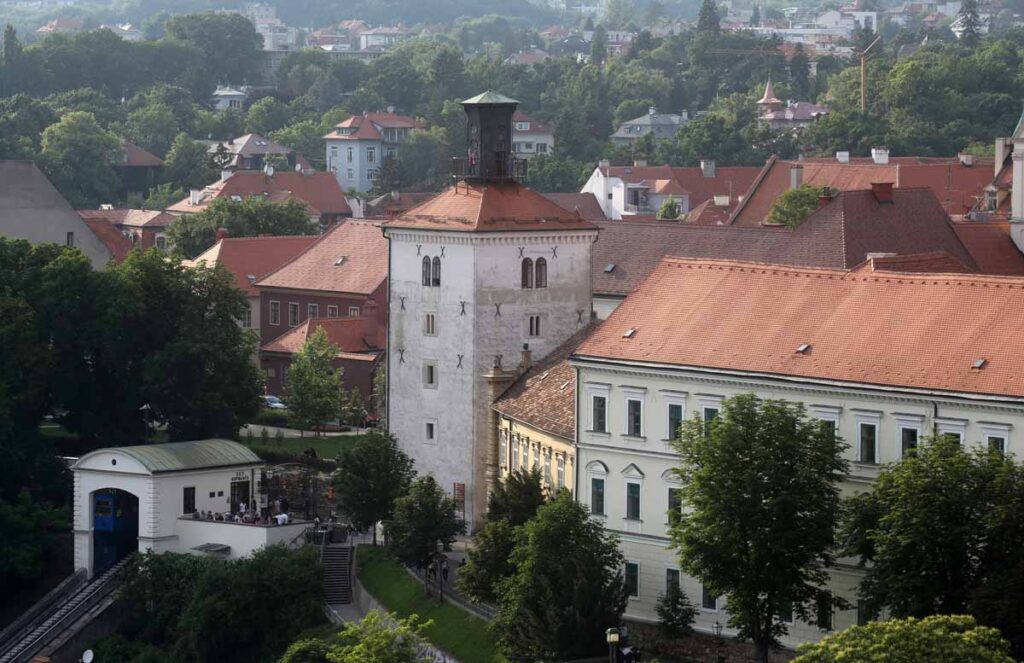

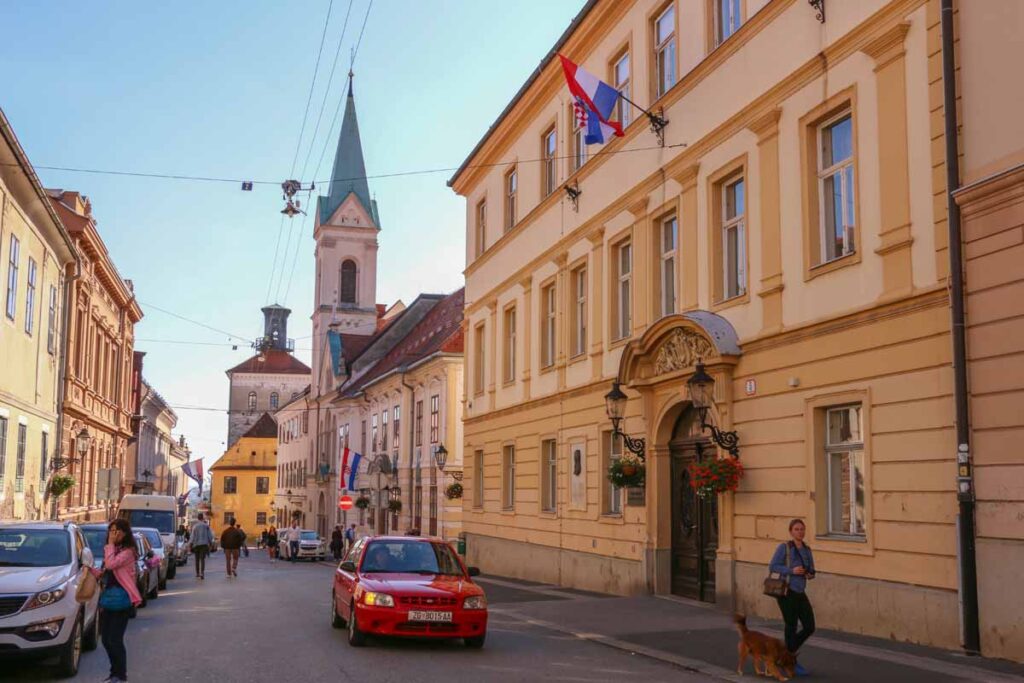






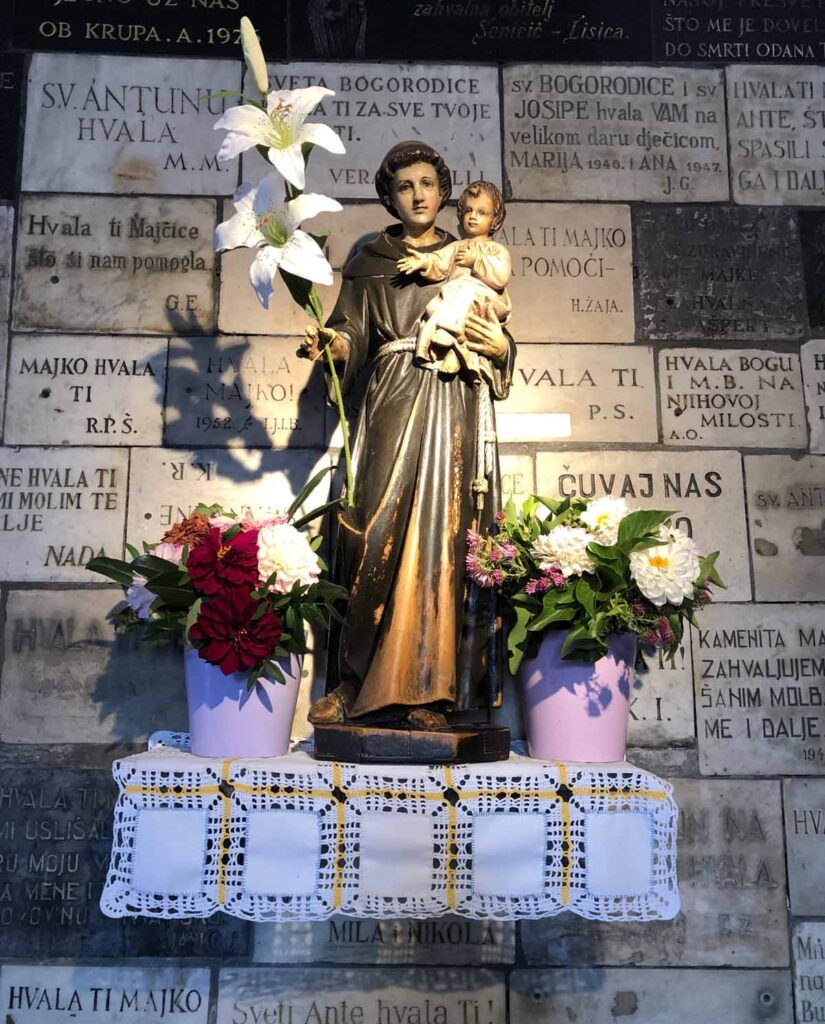
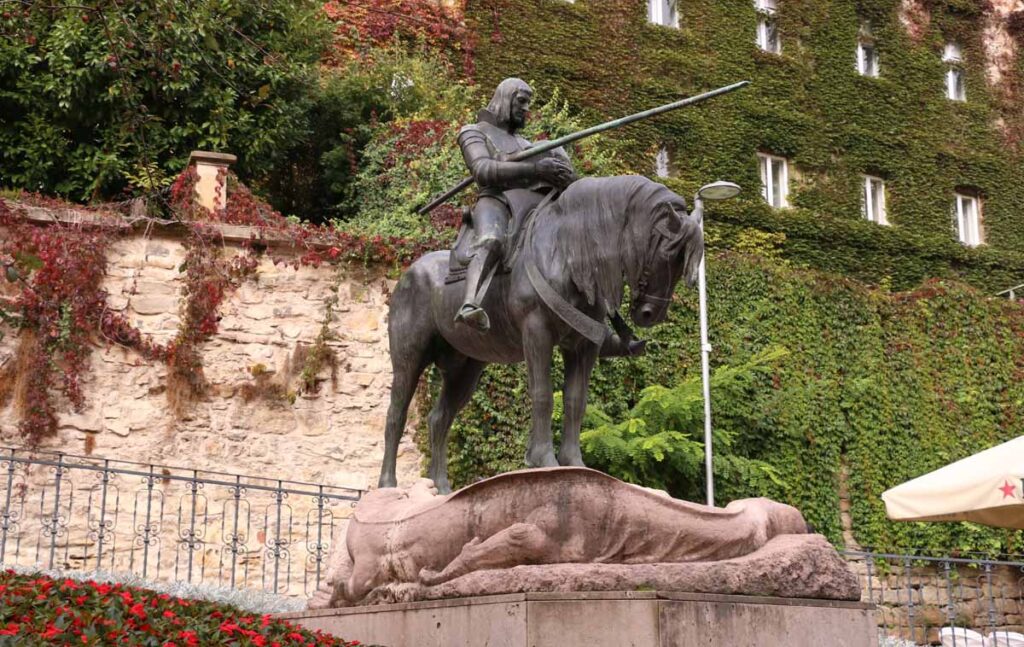

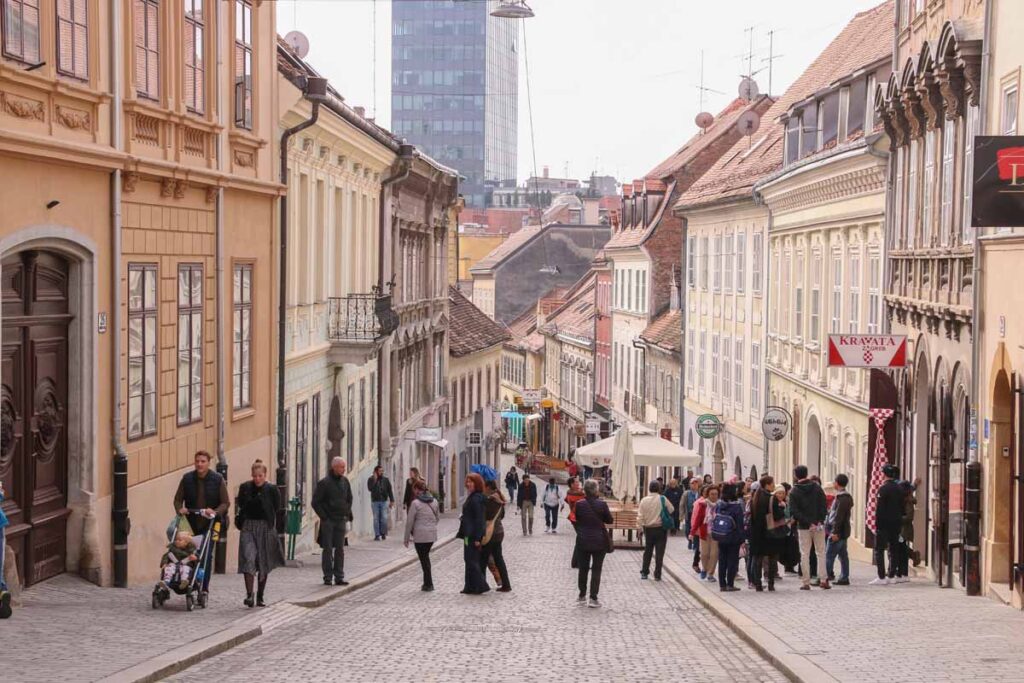

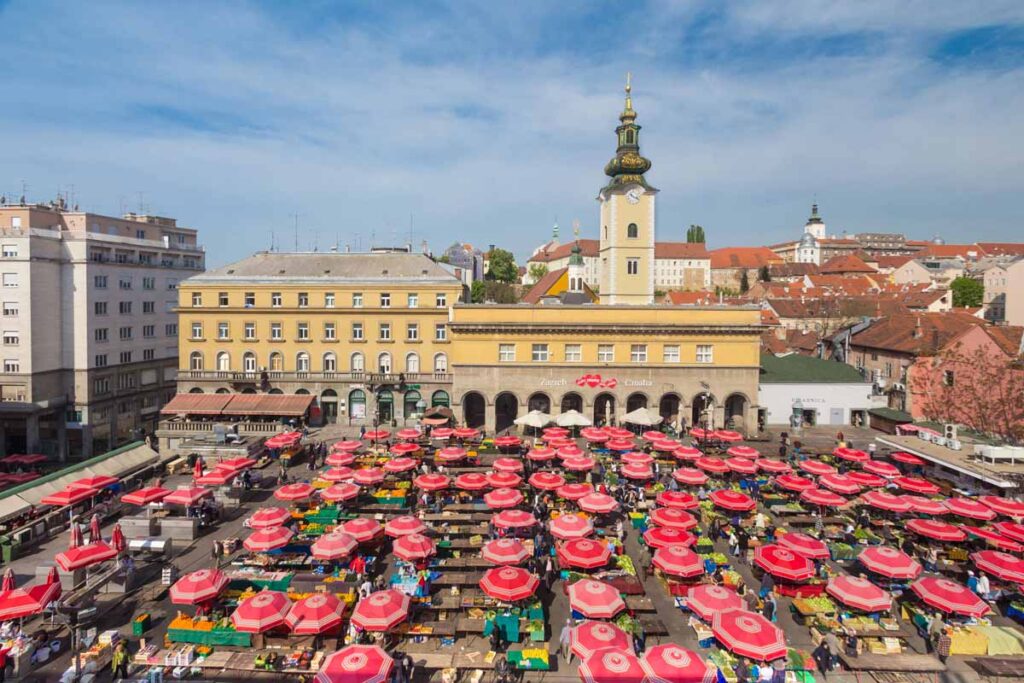






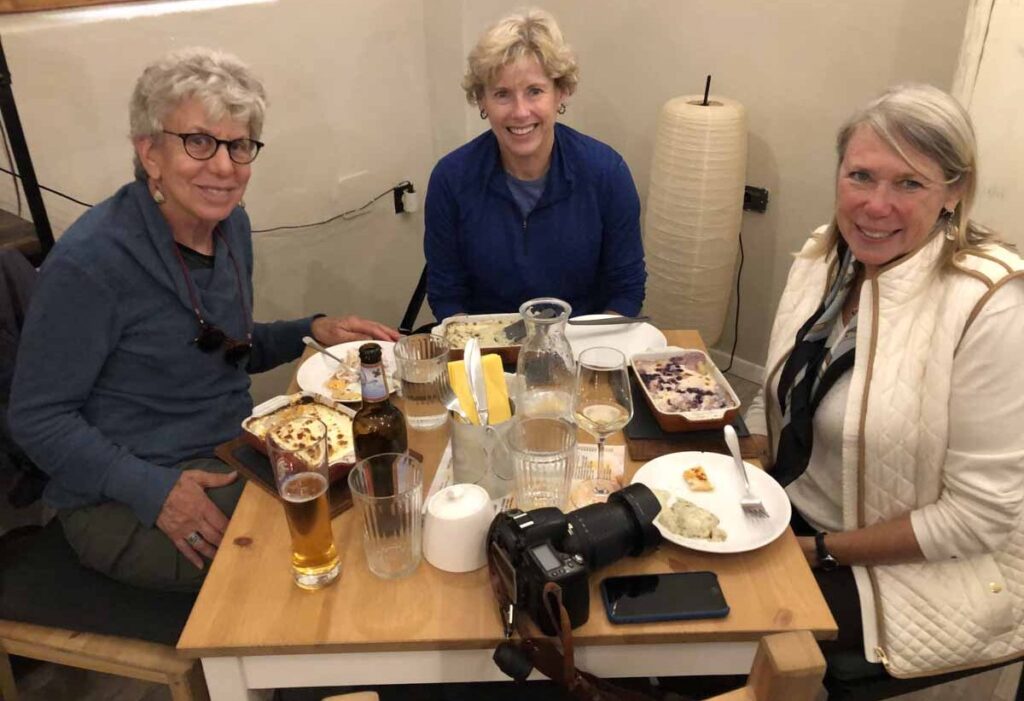
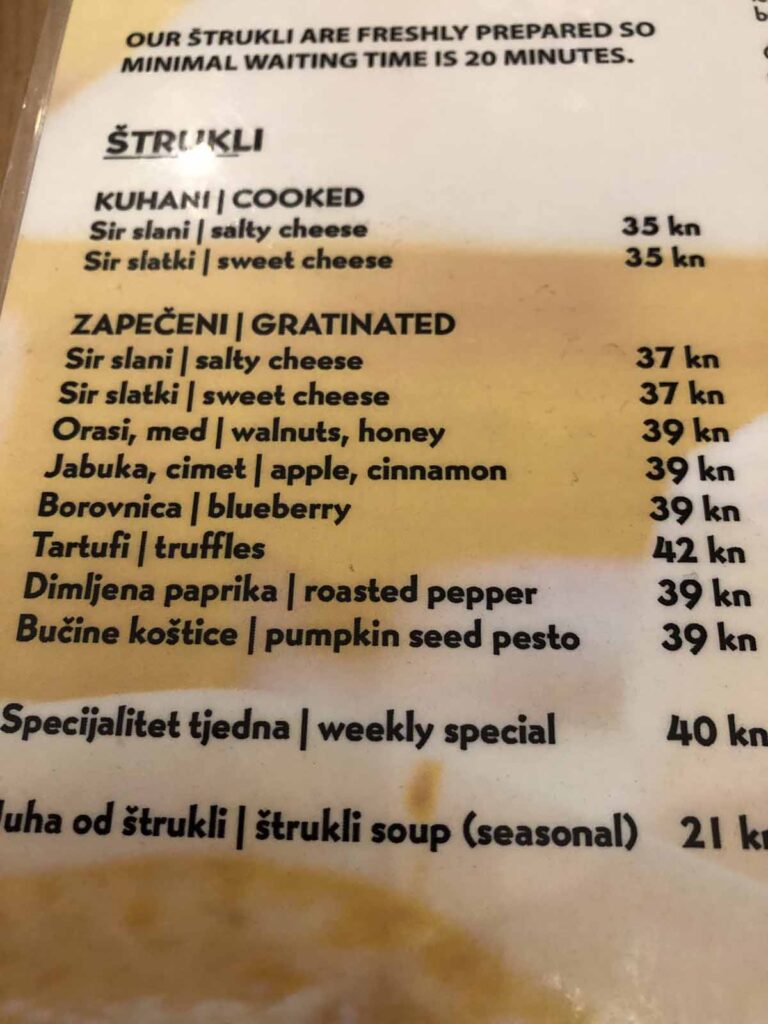

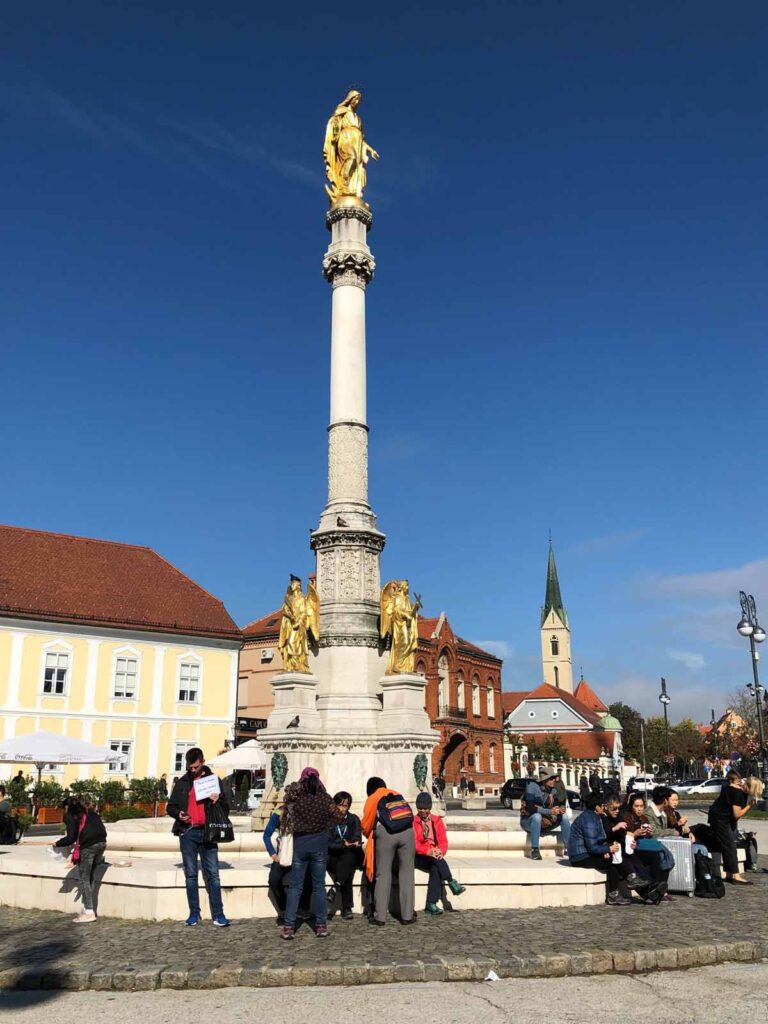

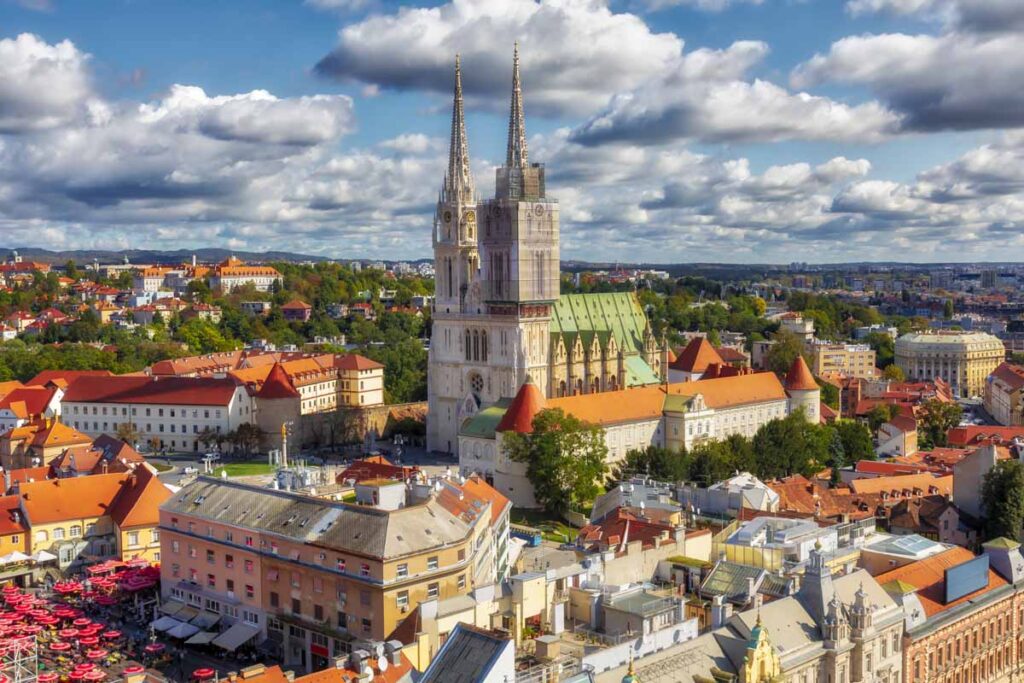
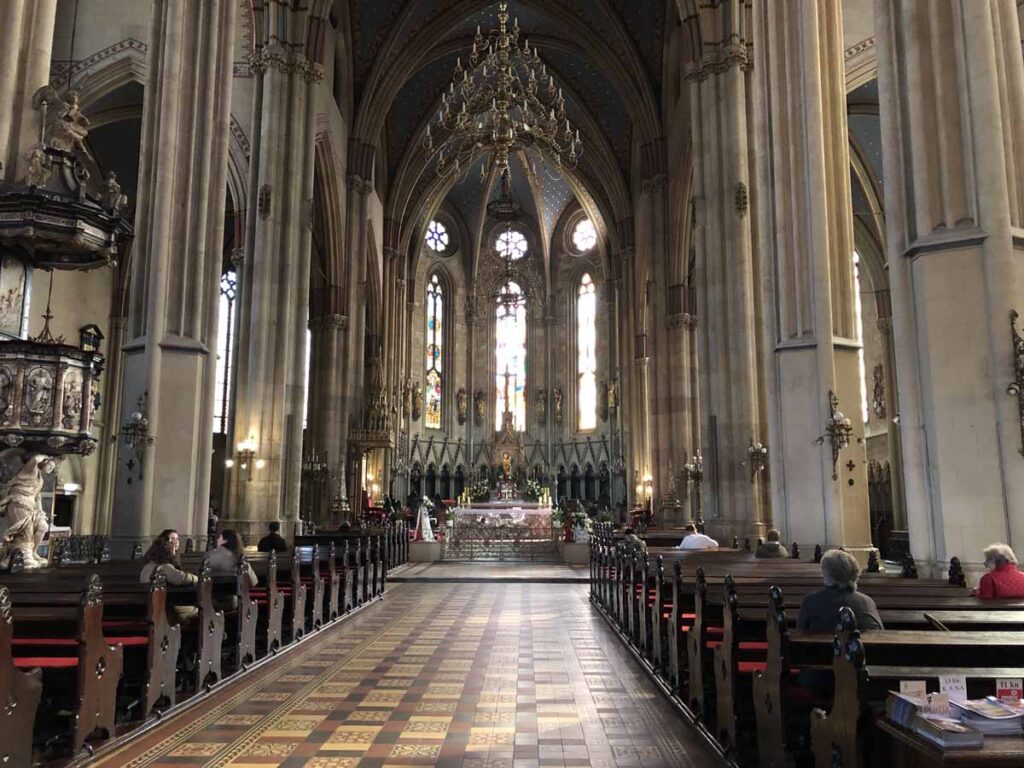
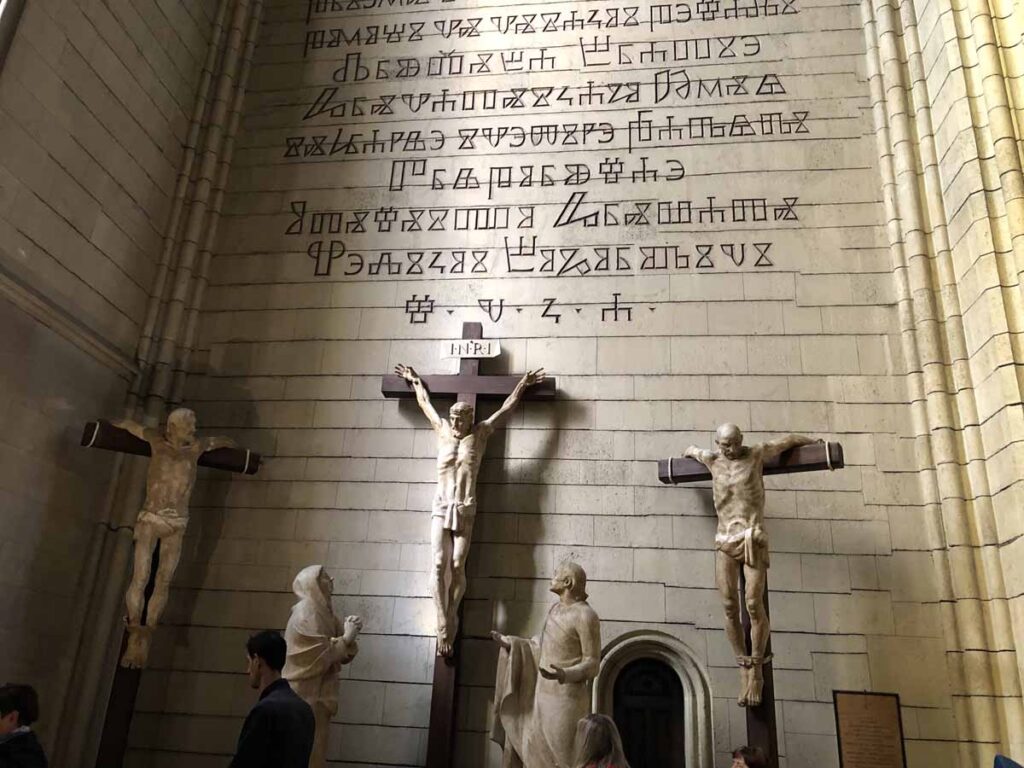
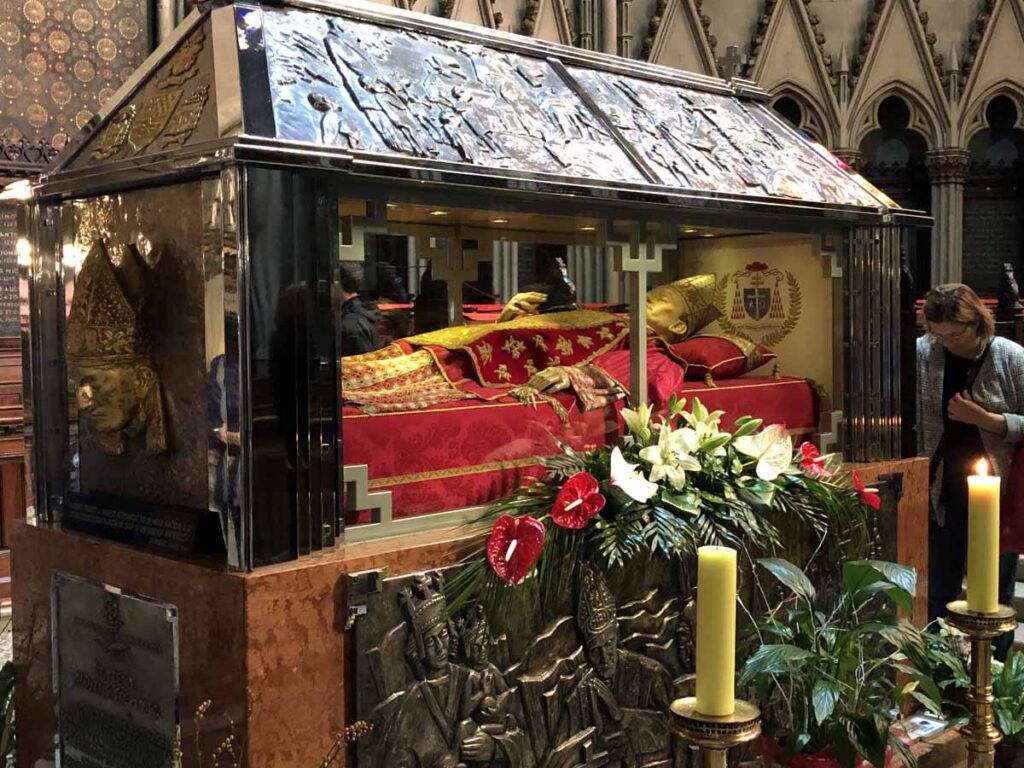



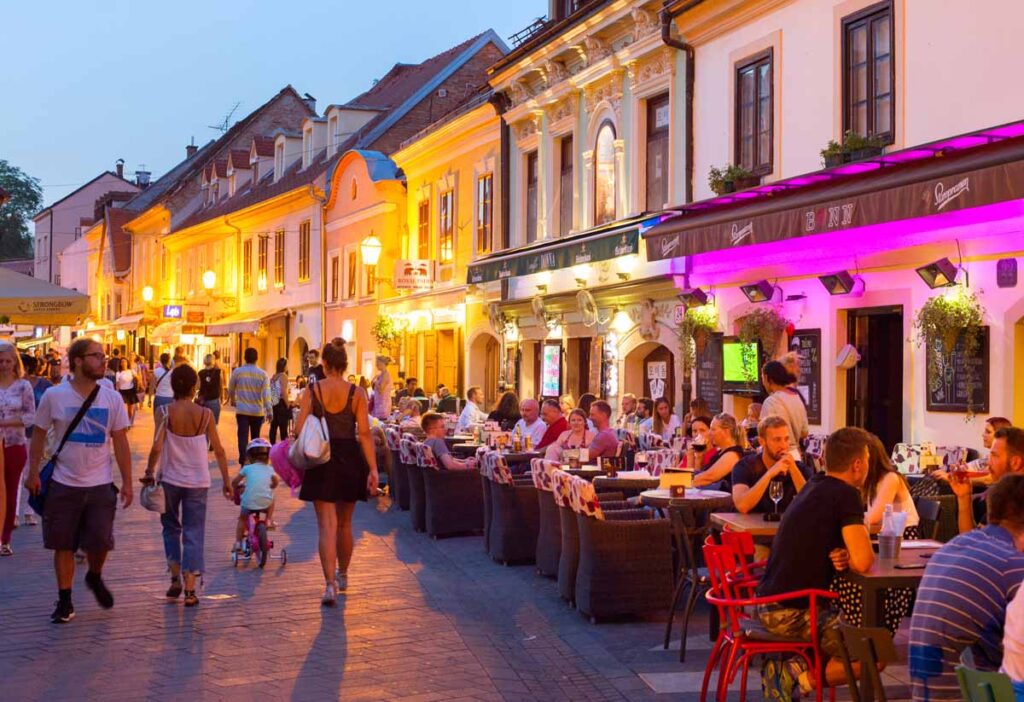
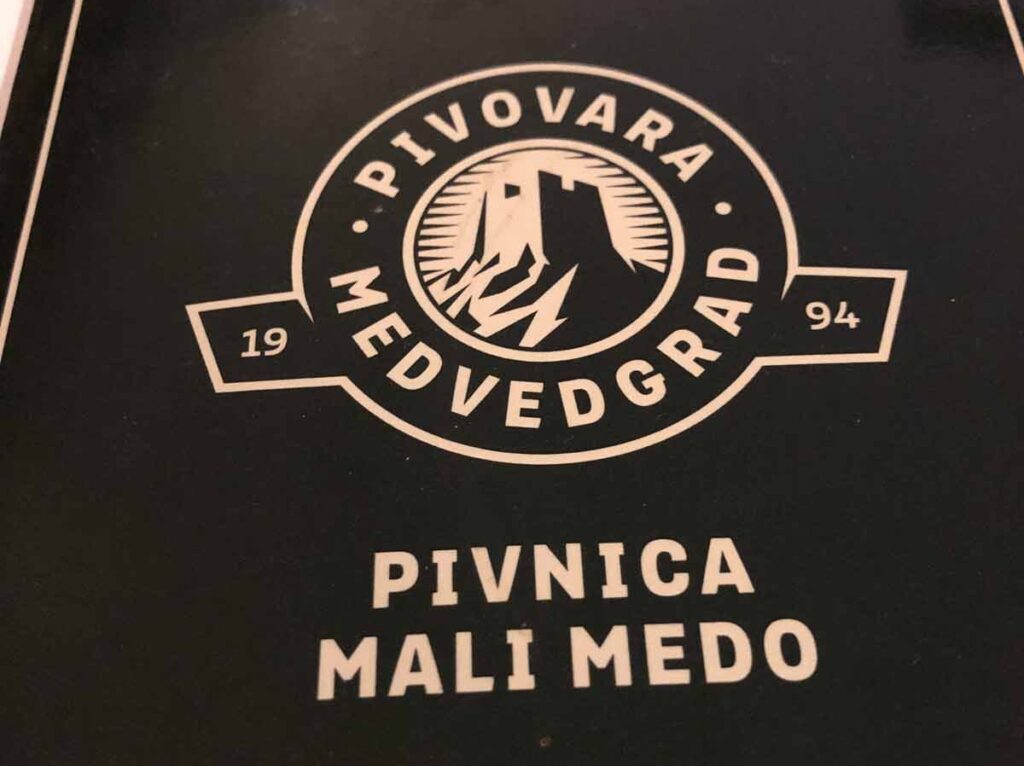
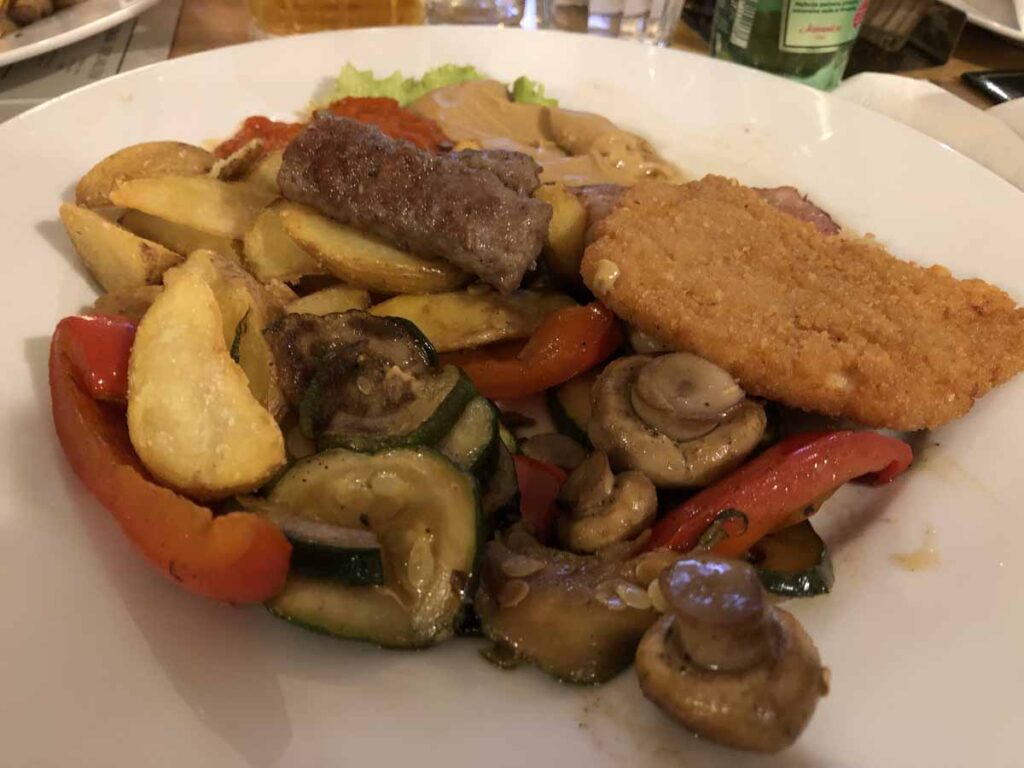
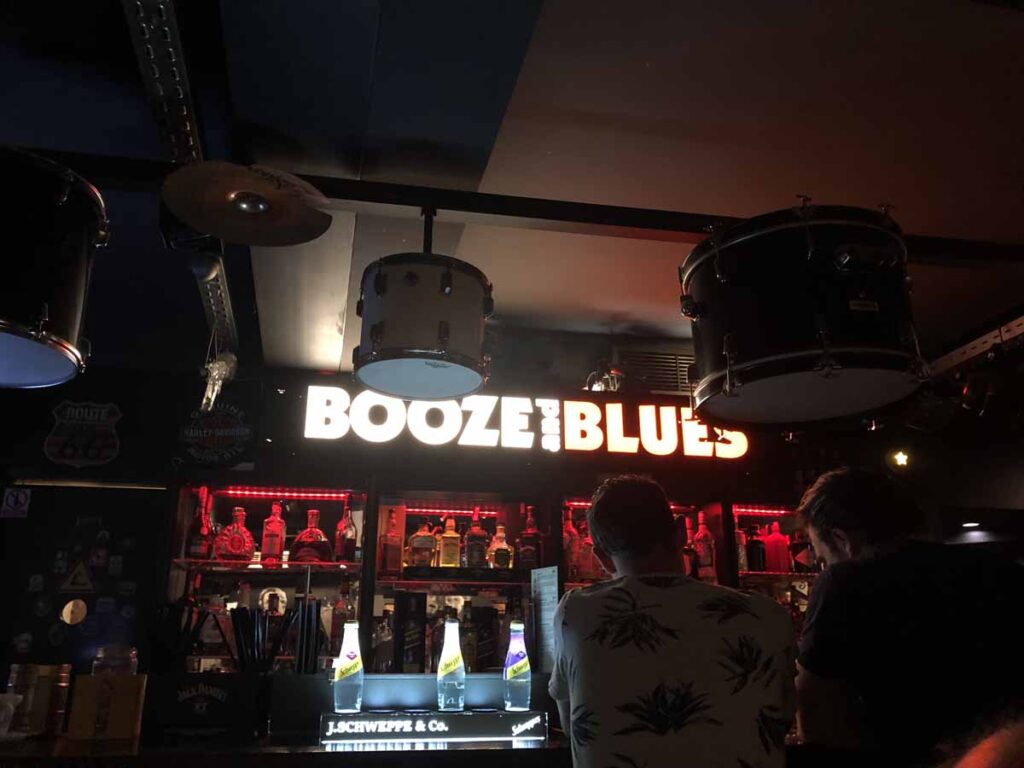


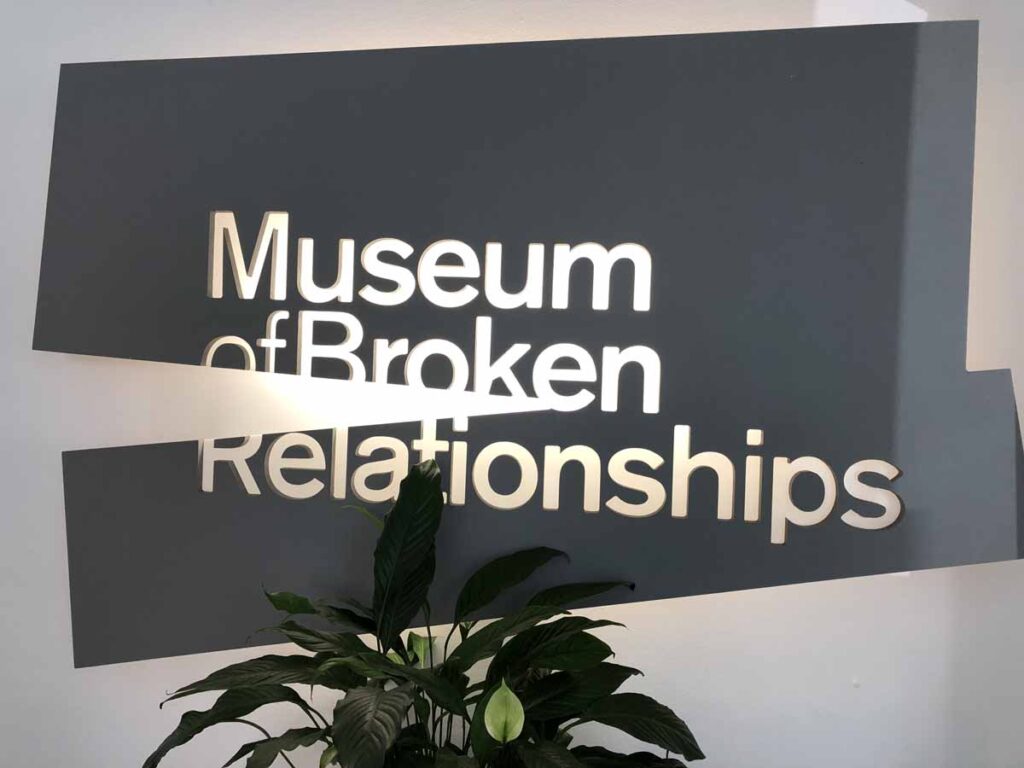





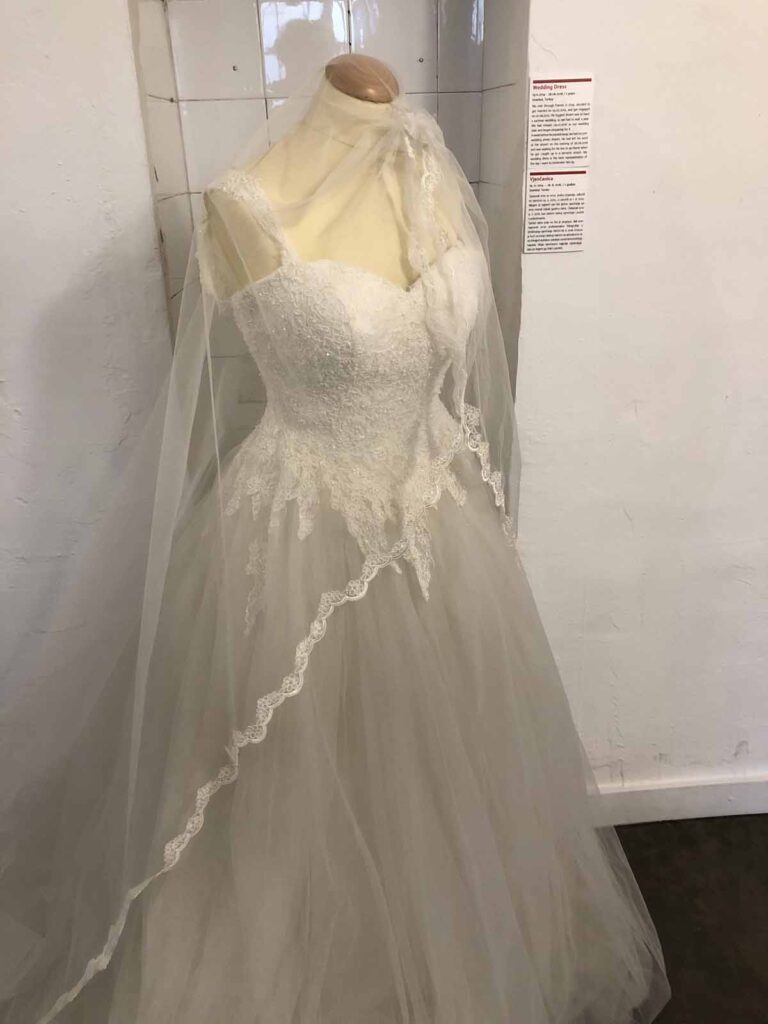

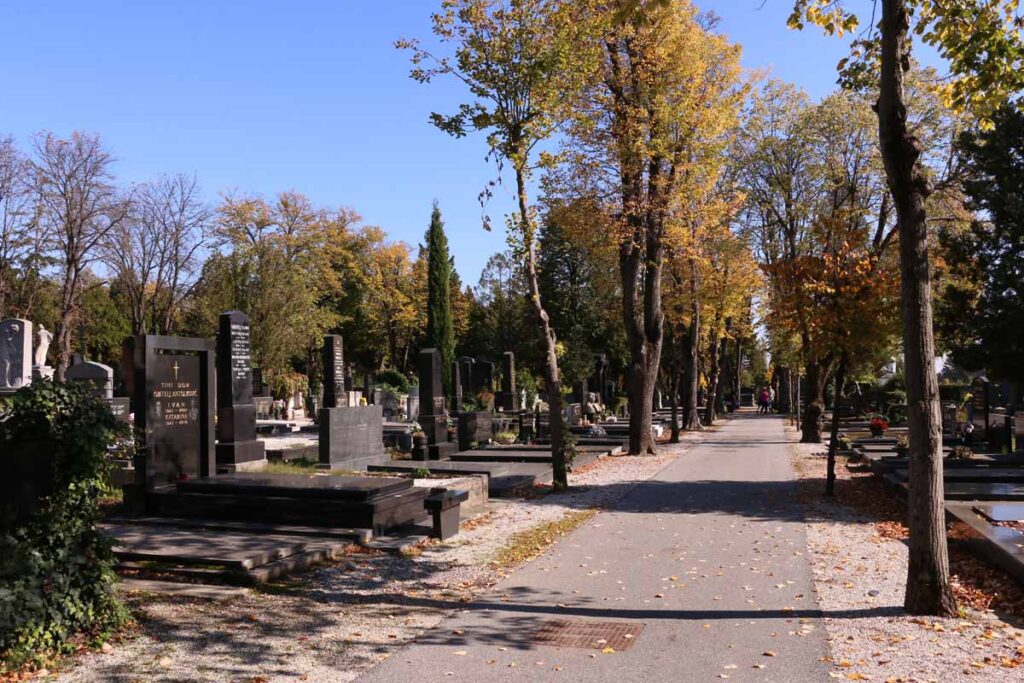

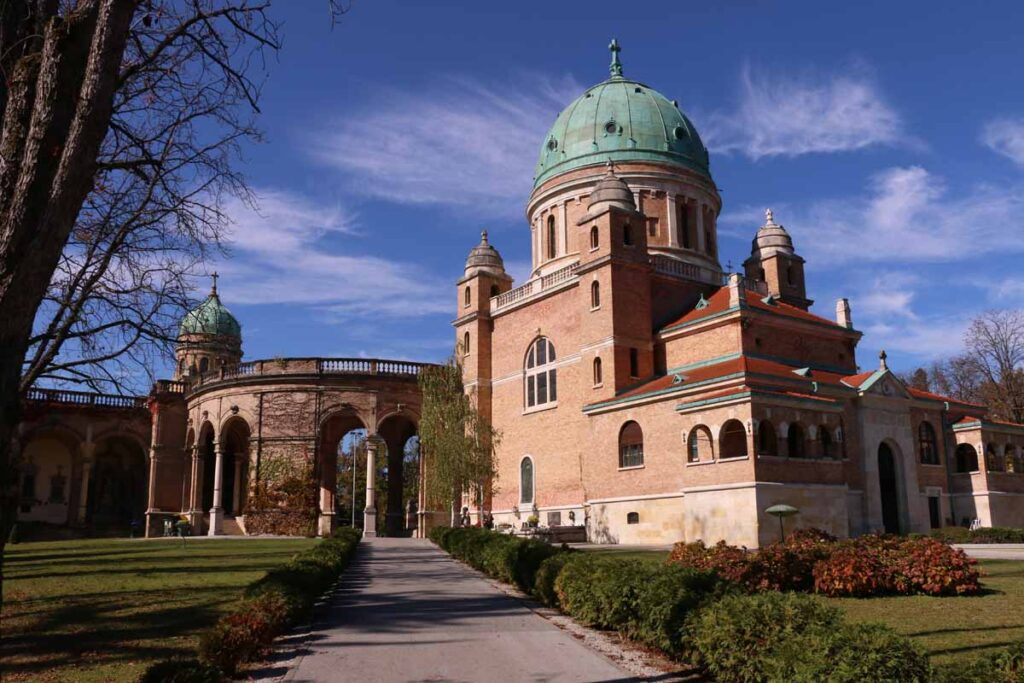

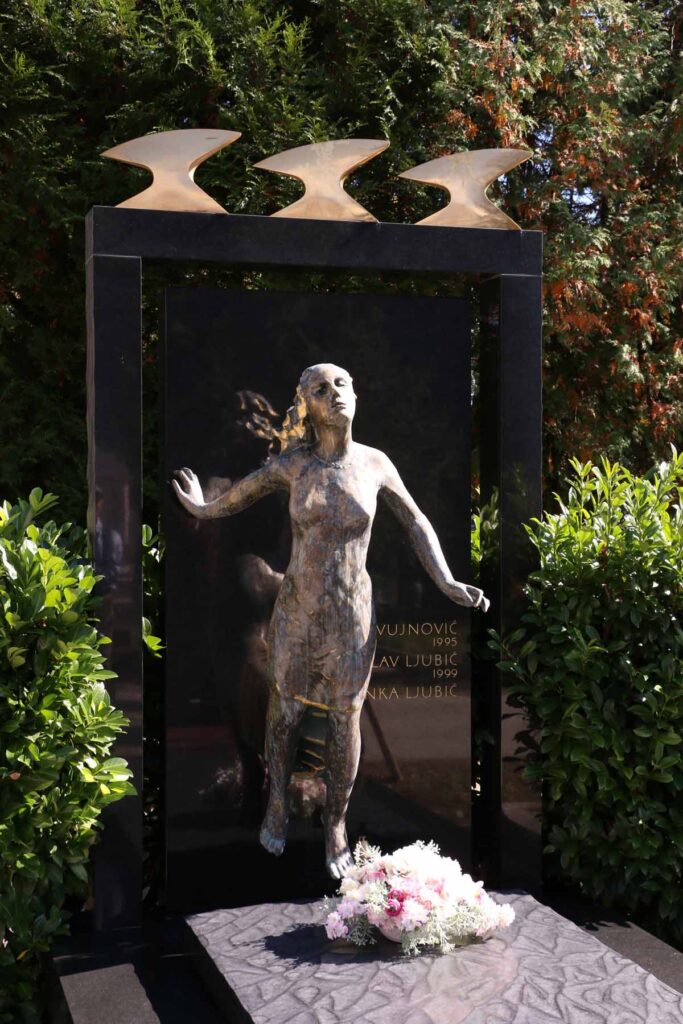
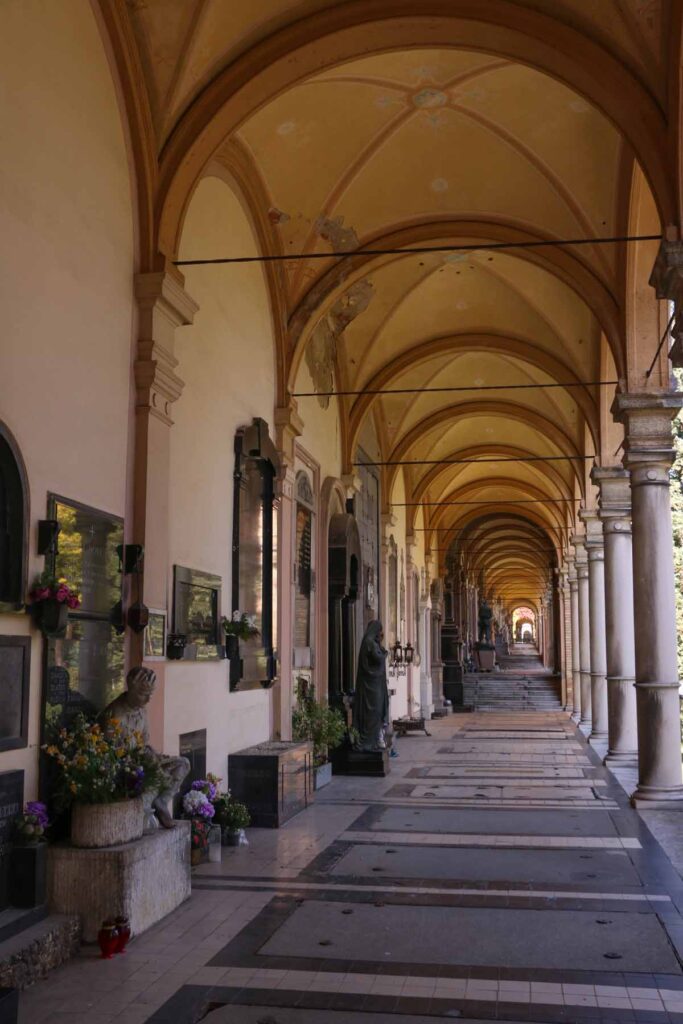
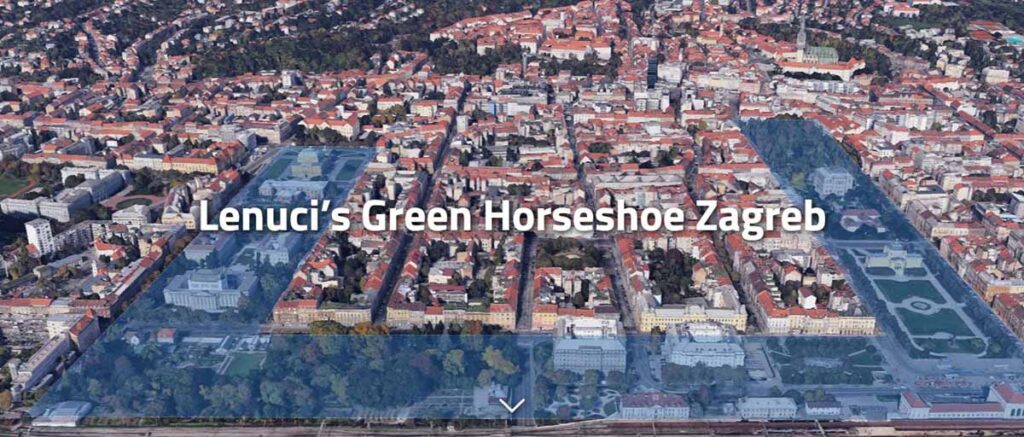
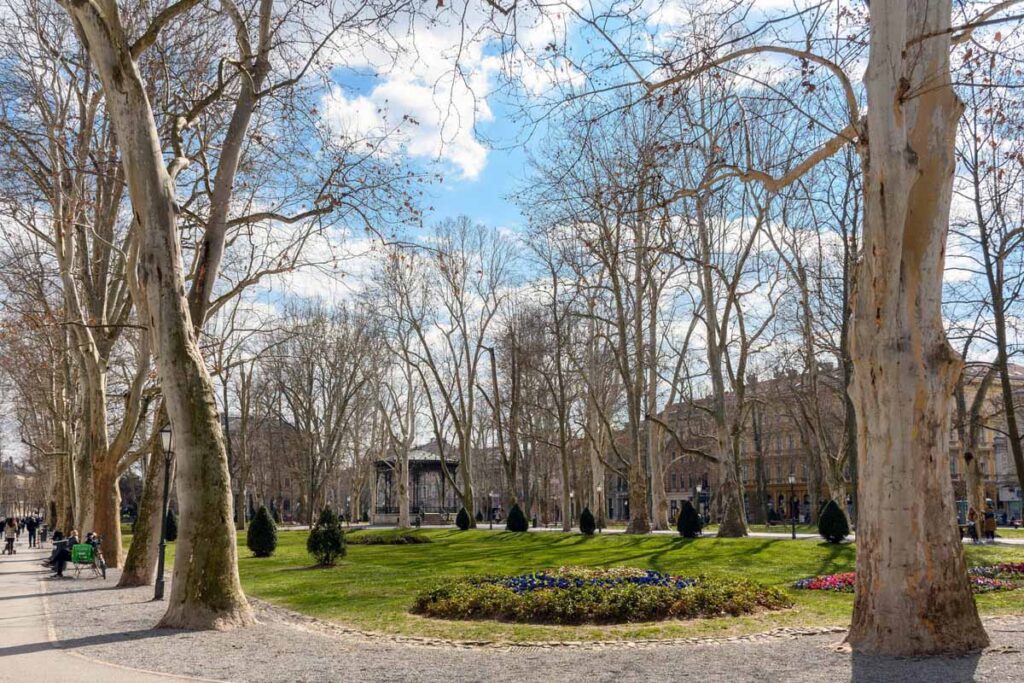



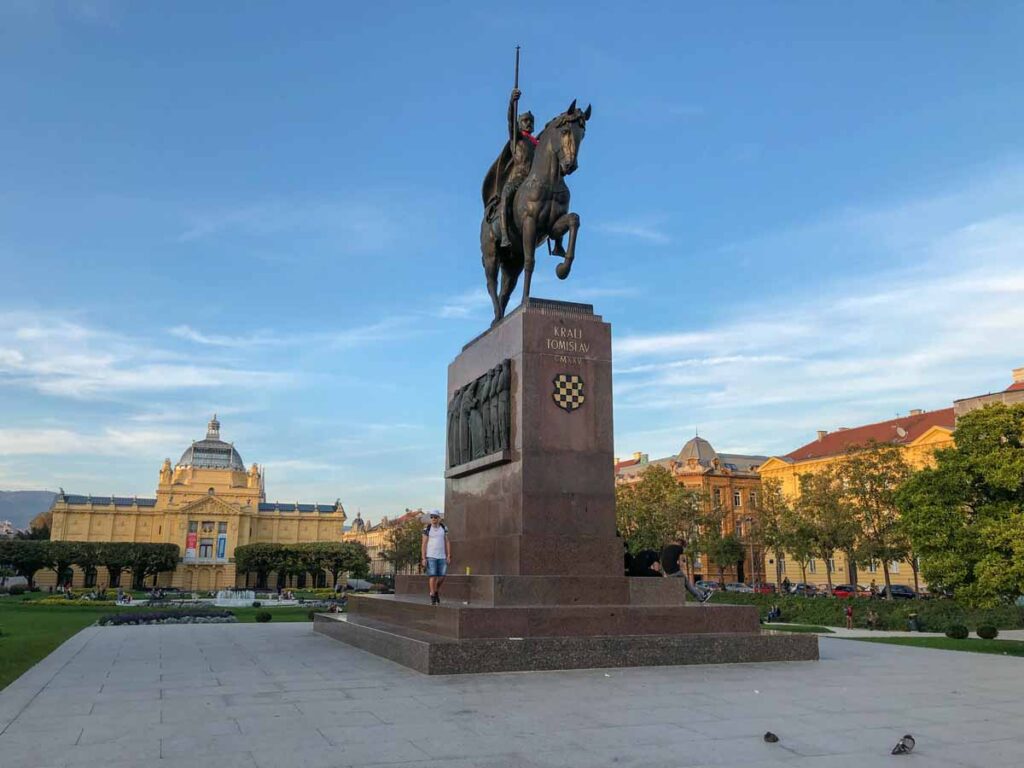
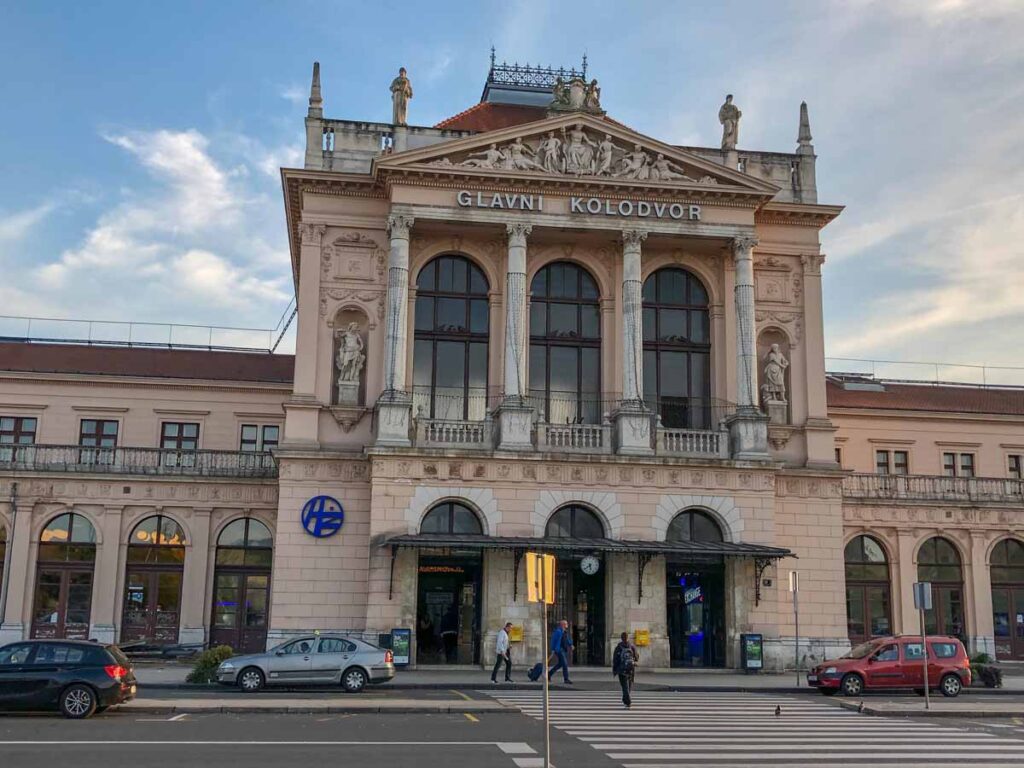
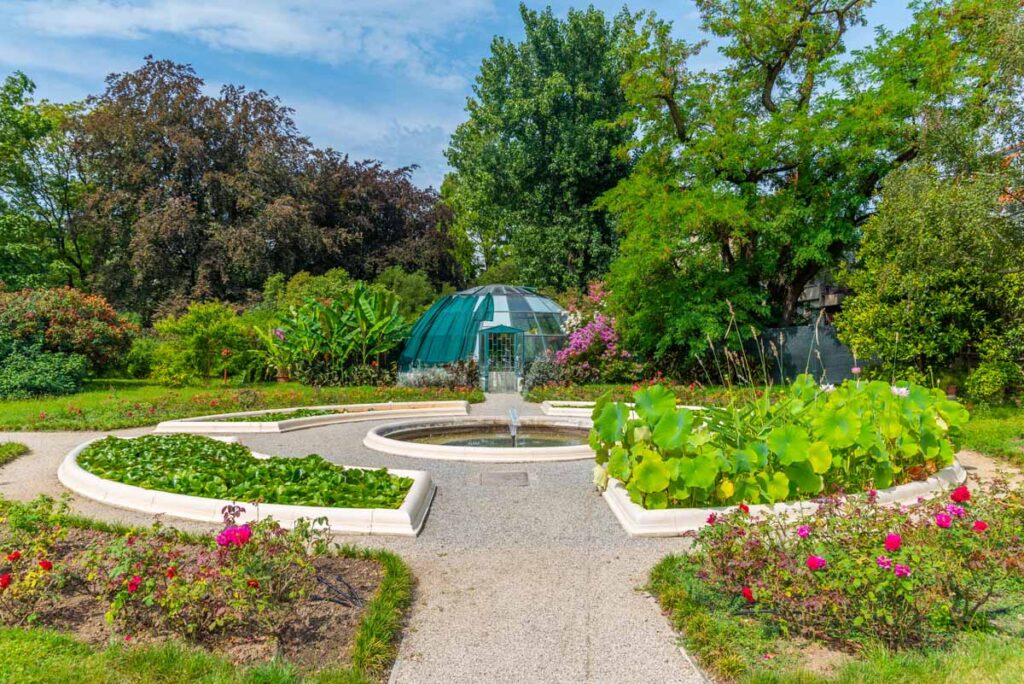
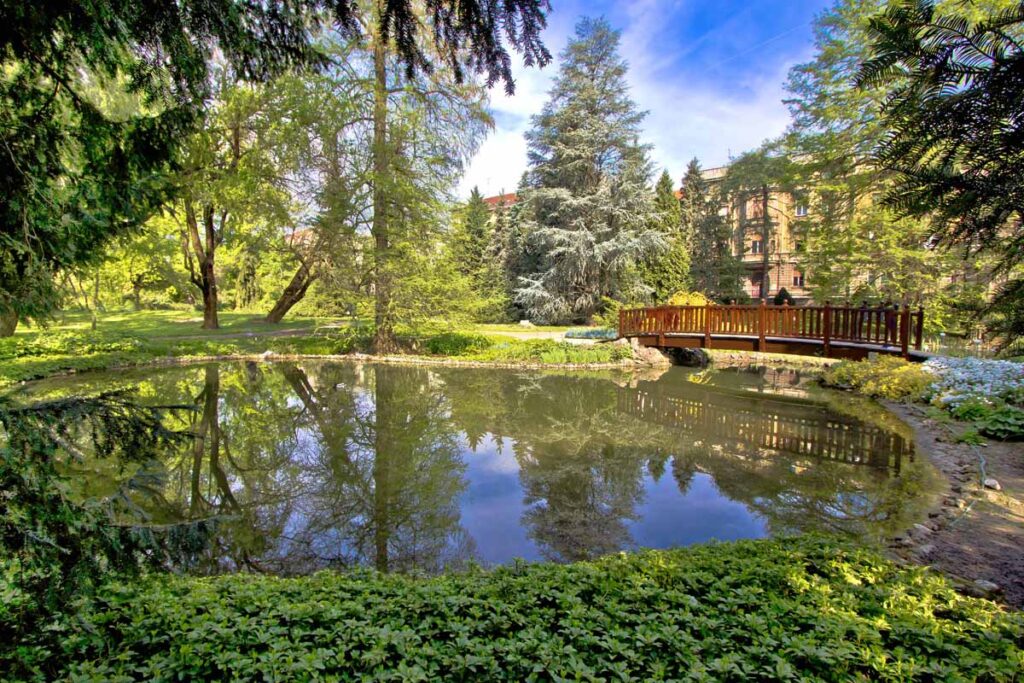
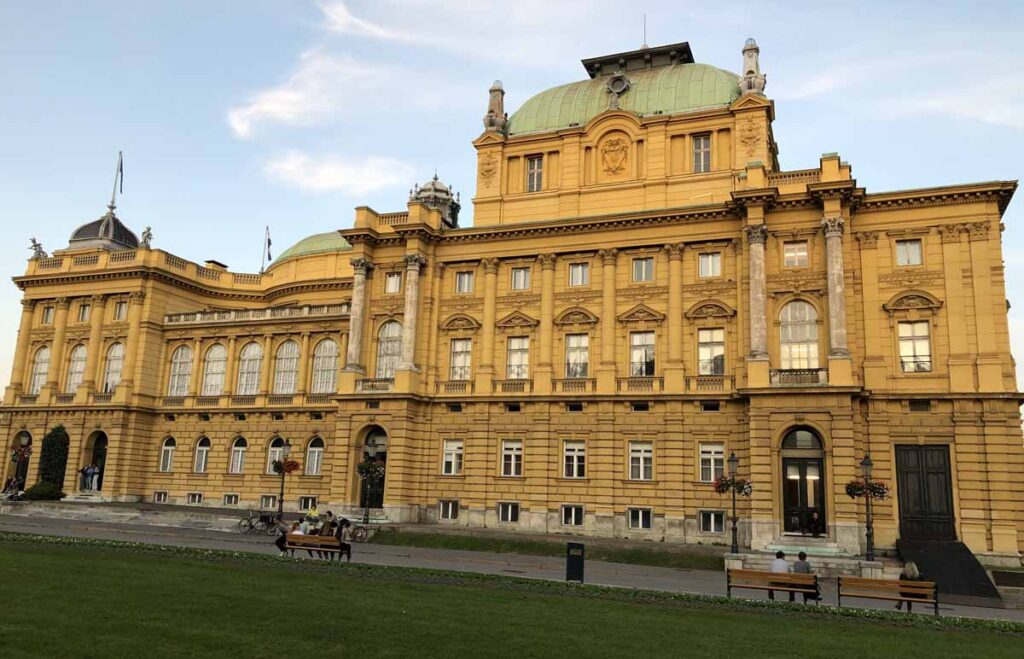
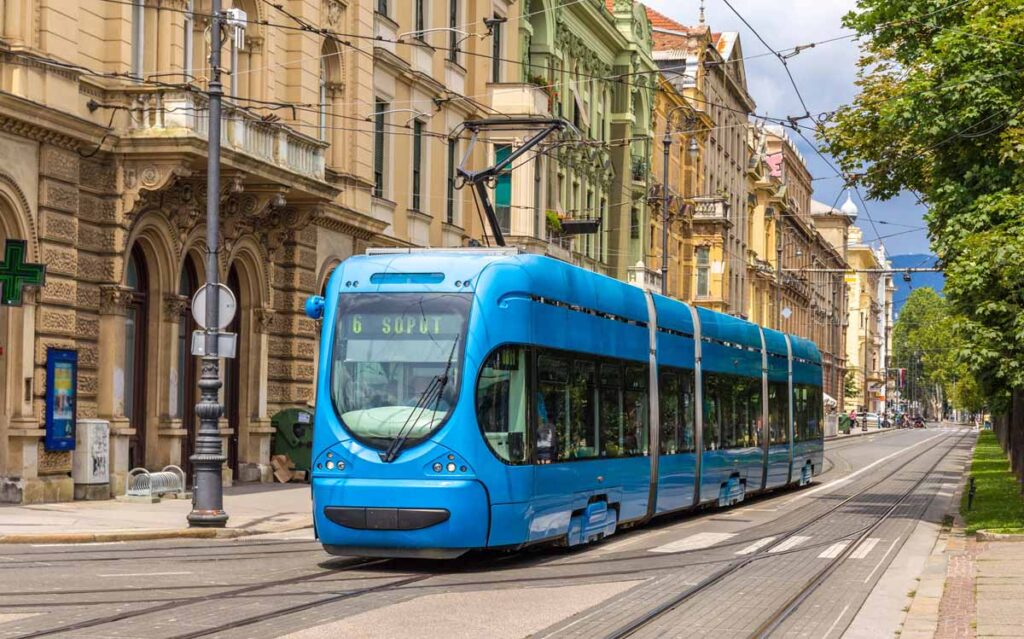




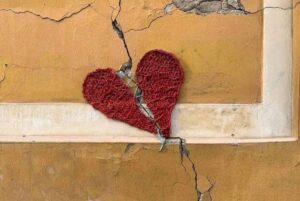
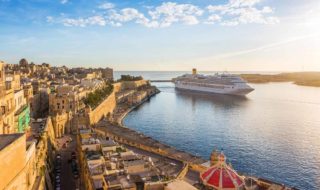
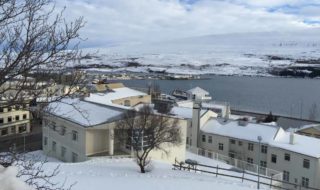
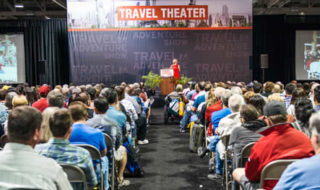

Post a Comment